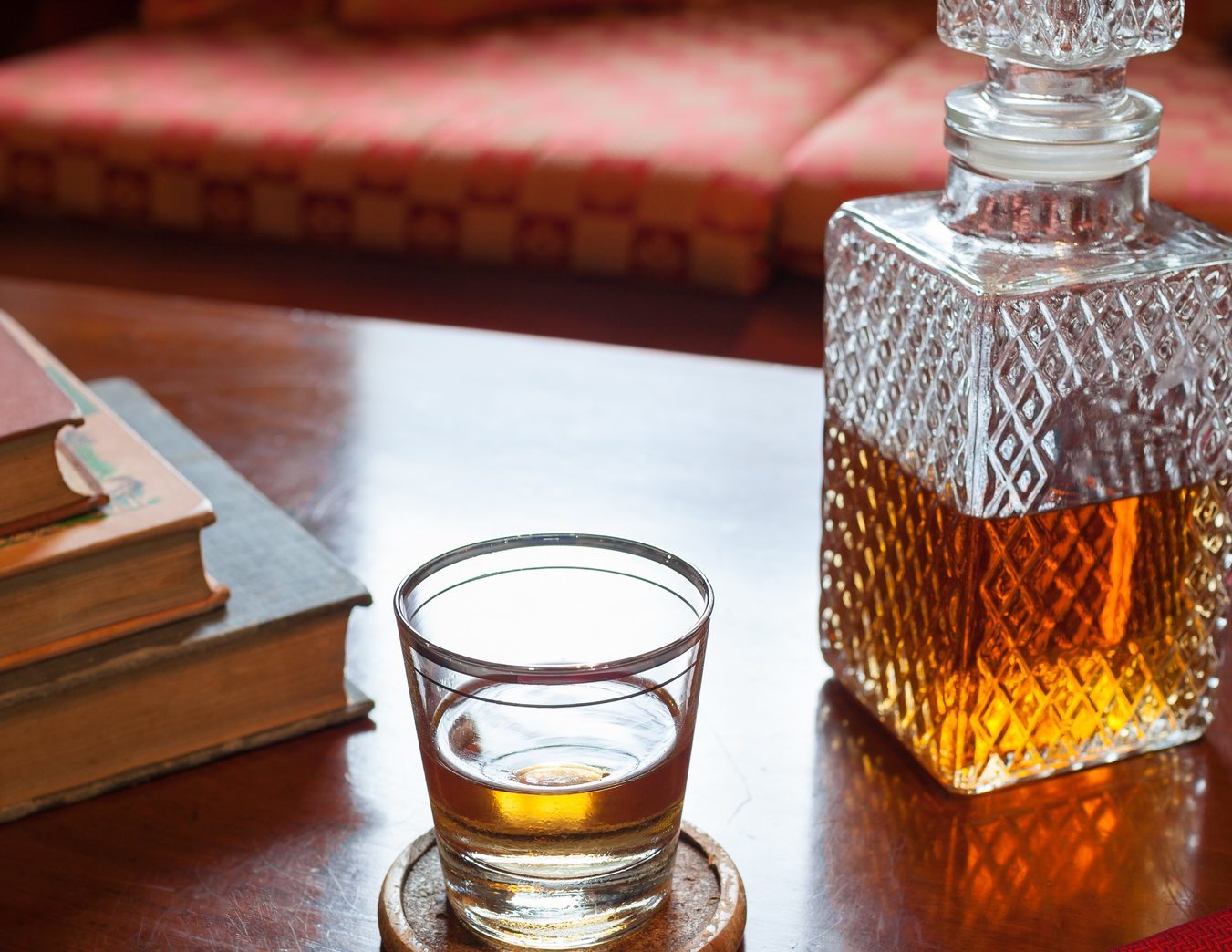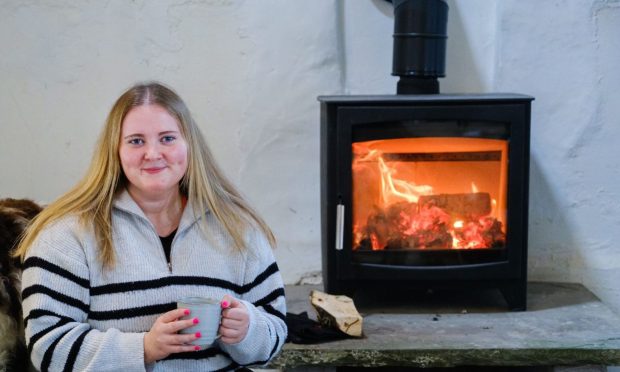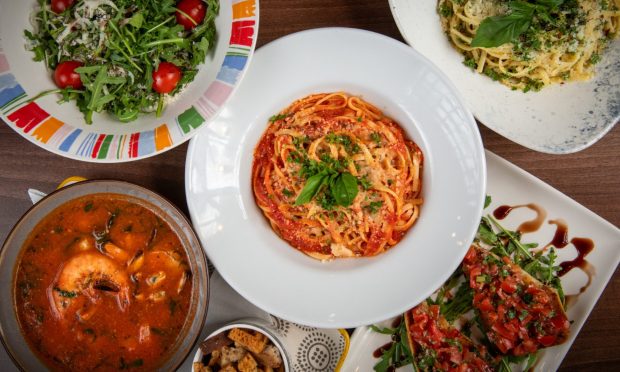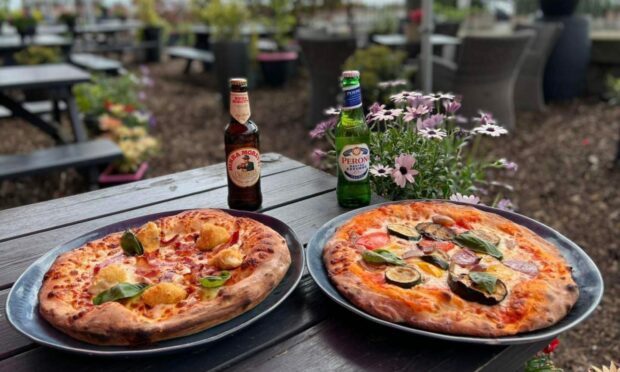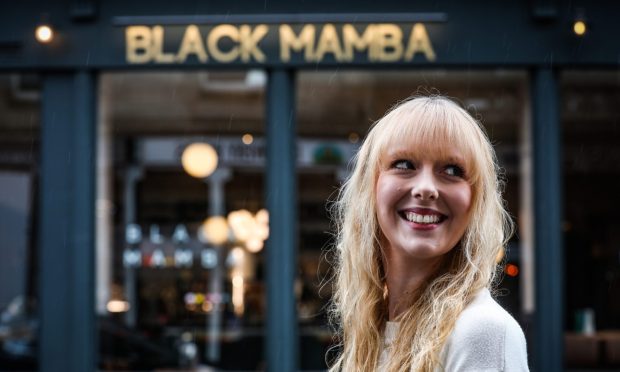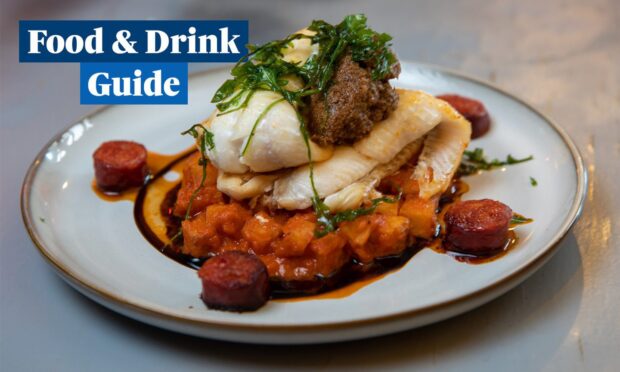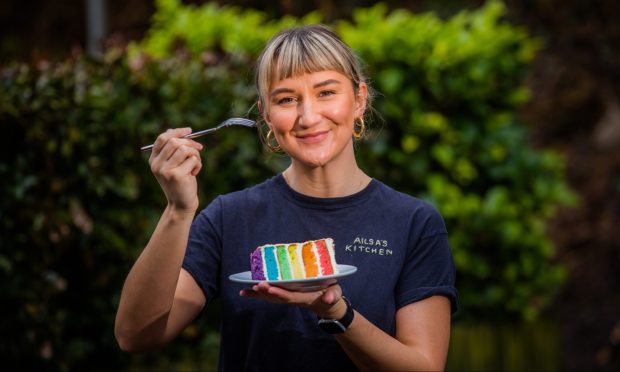One of the underappreciated facts about international trade is how disproportionately valuable certain goods and commodities are. To take a simple example: the Swiss export (among other things) Gruyere cheese and Rolex watches. However, one Rolex watch can be worth as much as, say, half a ton of Gruyere.
These are two totally different products, but they illustrate the point. And it is of particular relevance to Scotch whisky in 2017. The rising global interest in single malts is now showing in the cratur’s overseas trade figures. Single malts are still dwarfed in volume terms by blended whiskies, whether exported in bottle or in bulk, but single malts now bring in almost a quarter of Scotch whisky’s foreign earnings.
After a few years of declining or level sales, Scotch is on the up again, earning about £4 billion a year according to the latest available figures. Within that, single malts earned well over £900 million and it is likely that they will push past the £1 billion mark in the next year or so.
To be fair, one reason for single malts’ growing value is that by law they must be distilled, matured and, above all, bottled in Scotland. That rule does not apply to blends, although many of them are also bottled here. However, exporting whisky in bottles adds far greater value than sending it abroad in tankers to be bottled in another country. That, coupled with the growing global thirst for single malts, is spurring their growing value to Scotch whisky exports.
This global demand for single malts is having many knock-on effects. The surge in new and boutique distilleries, for one. Another is the gradual disappearance of stated-age malts, with long-established 10 and 12-year-olds being replaced by no-age-statement versions with poncey names like Legacy, Ancestral and Sunset Gold.
Indeed, Diageo’s vast Roseisle malt distillery in Moray is designed to produce a swathe of different types of malts to be used in their blended whiskies, so they have plenty more of their big-name malts to sell as single malts. After all, they are increasingly the Rolex watches of the whisky business.
